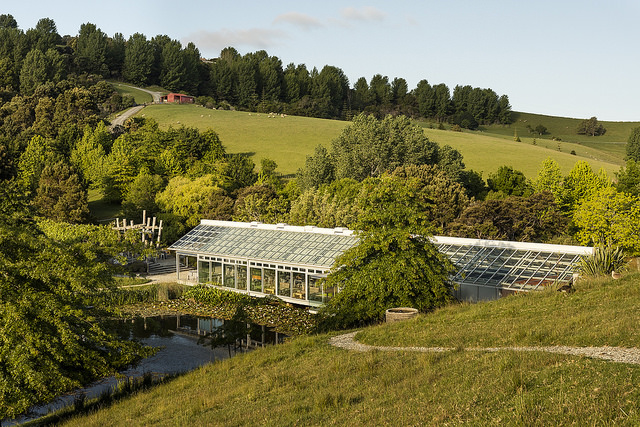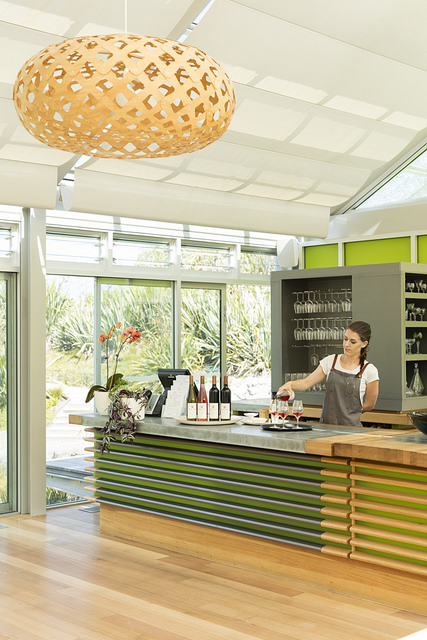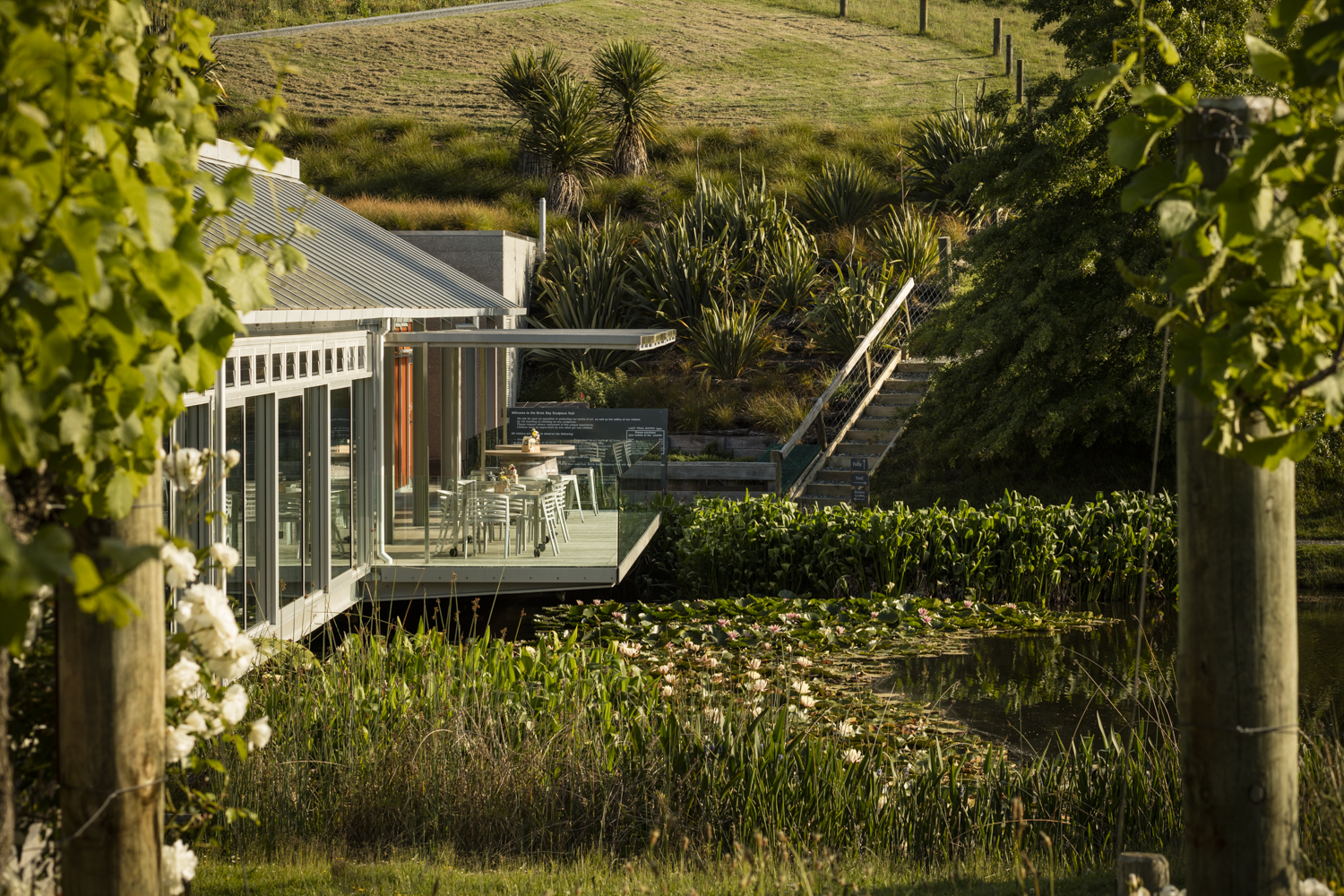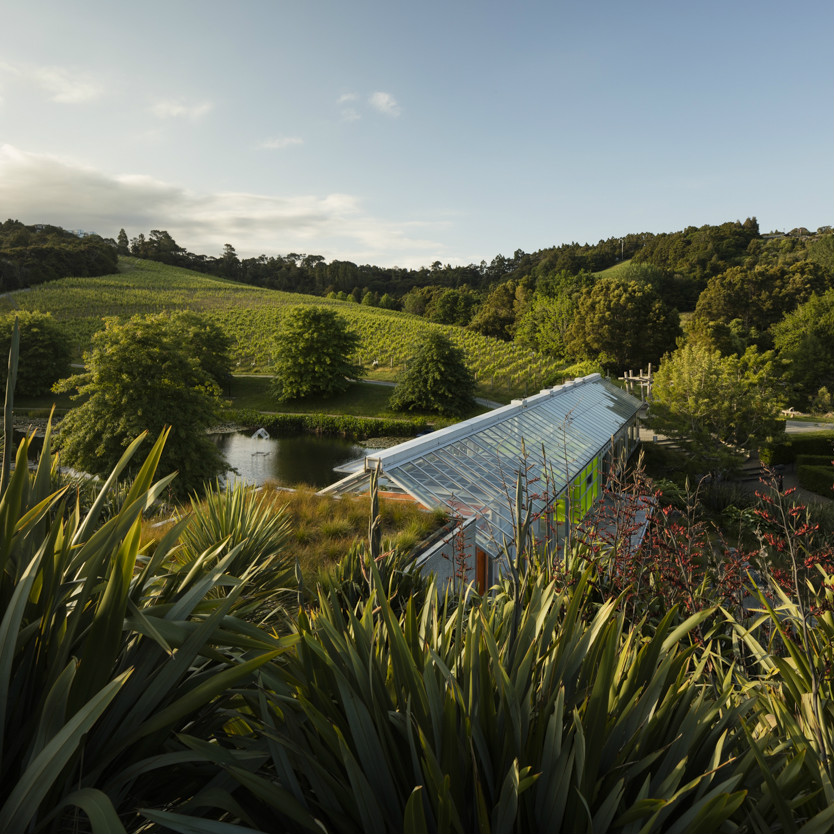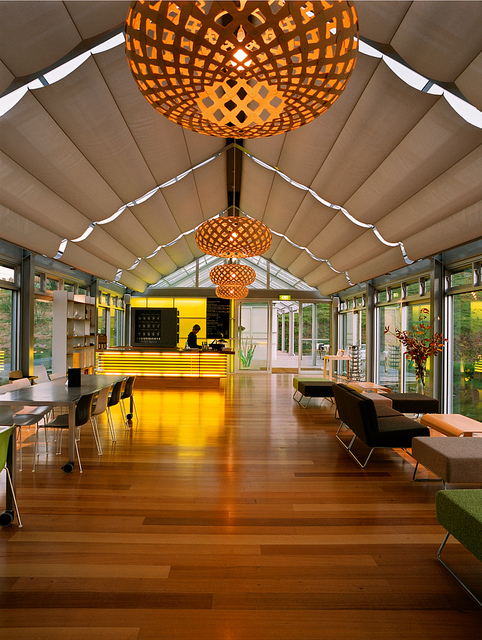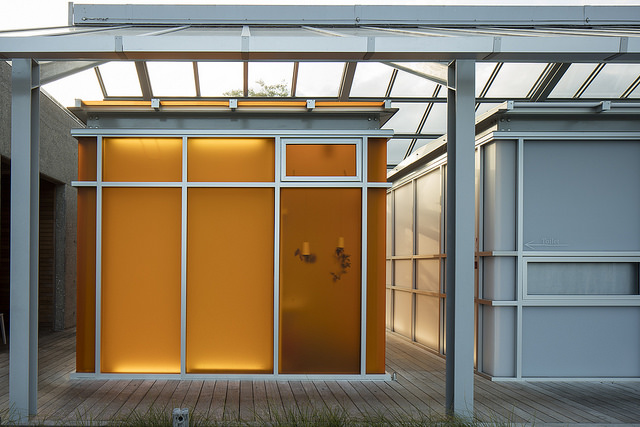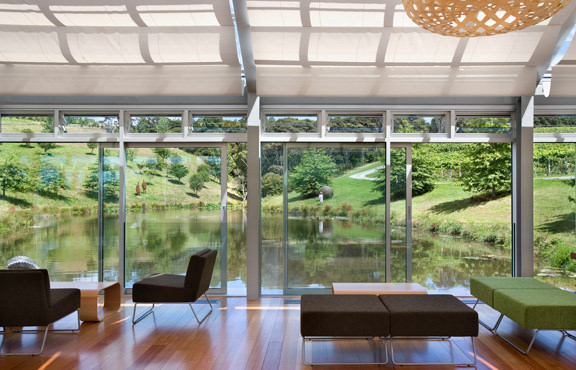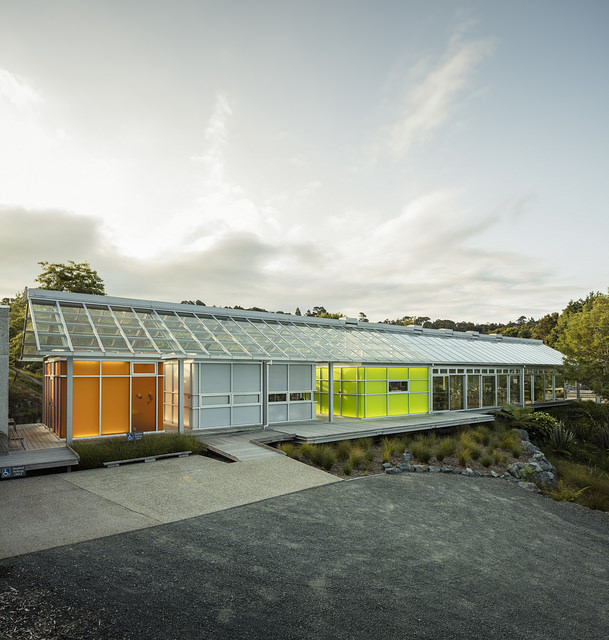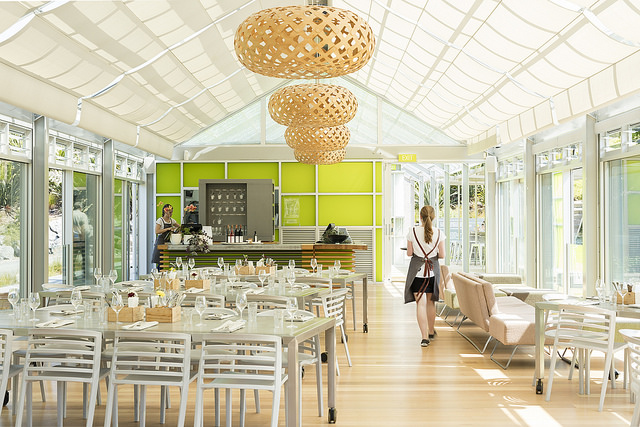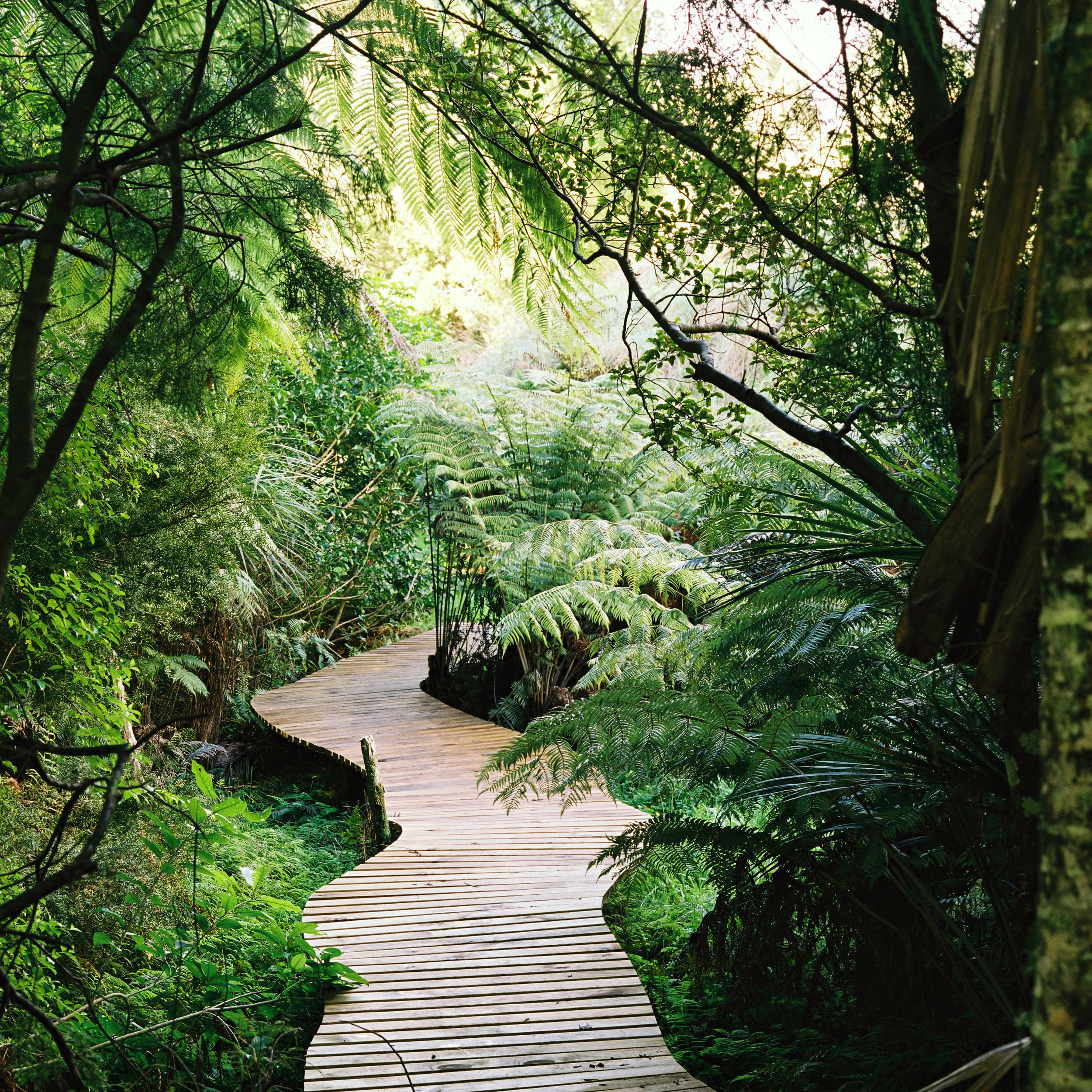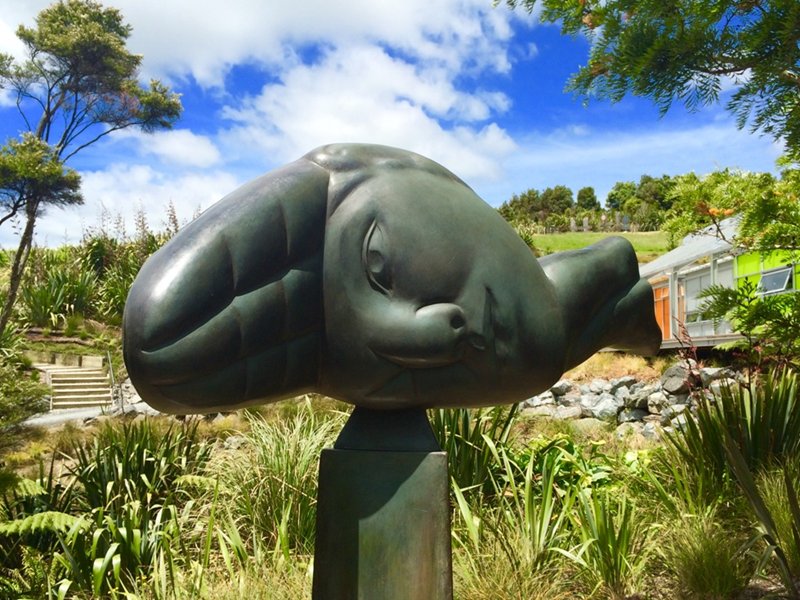Discover the elegance of our boutique wines, delicious food and the best of contemporary New Zealand sculpture in a truly magical setting.
Brick Bay Vineyard
We believe in the authenticity of wine made from hand-harvested grapes grown solely on a single dedicated site, reflecting the nuances of its unique soils, microclimate and thoughtful and sustainable management practices.
Our sustainably accredited 4.5 hectare vineyard produces all the fruit for our wines, so each vintage is an individual expression of this unique site.
Pinot Gris was the first variety we planted in 1995, followed in 1996 by our Bordeaux reds: Cabernet Sauvignon, Cabernet Franc, Merlot and Malbec. In 2003 a new 1 hectare block was established to add more Pinot Gris and the more rare Petit Verdot, while in 2014 we added 1000 Chardonnay vines.
Our vineyards slope north-east and are flanked by native bush. The soil is a clay loam which was used in the 1800s to make bricks, giving us our name, Brick Bay.
Sea breezes from Kawau Bay to the east, can be humid and warm. Our trellising and canopy is managed to achieve good sunlight penetration for ripening and colour development plus air circulation to minimise disease.
Because of our uncompromising focus on quality, each vine is carefully tended through its yearly cycle by hand, from the initial shoot selection which controls the framework of the new season’s growth, to leaf plucking to expose the developing bunches, to selecting which bunches will stay to maturity and which will be discarded. This means the vine will ripen a small load of fruit well giving a concentration of flavour and aroma. At harvest, a small team carefully handpicks only the perfect bunches. No compromise on quality in the vineyard means low yields, but it gives us rewarding quality in the resulting wine.
Our established vines are not irrigated as we believe the roots need to delve deep into the substructure to develop complex flavours as they access a multiplicity of minerals and trace elements in the soil.
The Glass House
Architect’s Statement - Noel Lane
"I aspired to design a site-specific building that captured the atmosphere of the historical and current industries of the area. In this, it is a building that references the agricultural roots (slatted timber floors of the nearby shearing shed) and the glass transparency and necessary shade-cloth of the horticultural hothouse. As a gateway, this structure straddles the original dam bar and transfers the visitor from the new urban surrounds to the mysteries of the concealed sculpture walk beyond. Akin to the original colonial verandah, it is required to be a confined space of conflicting activities, transience and rest.
Areas designated for private activities such as food preparation, administration, ablutions and storage, are visually distinct. They are defined as containers of colour and light, clearly distinguishable from the adjacent communal areas.
Initially approached by vehicle from above, the building contains the lake edge and softly encloses the viewer’s vista. At the same time, the bridging nature of the structure, spanning west to east, emphasises the gorge running to the sea beyond. On the final approach by foot from below, the building sits above the earth and lake, allowing the lake surplus to wash beneath it, both physically and visually."
*In 2007, The Glass House won a New Zealand Institute of Architects Award for Architecture.
The Sculpture Trail
Our Sculpture Trail is an inspirational outdoor gallery showcasing sculpture created by some of the most exciting artists working in New Zealand today.
Discover a dynamic exhibition of over 50 large-scale sculptures set in a sublime landscape of towering native trees, majestic palms, a precious kauri forest and lakes, all alive with native birdlife.
Be challenged and delighted by the carefully curated selection of sculpture. You’ll come across works that float, and move with the wind and sunlight, or produce an unexpected sound experience.
Explore the annual Brick Bay Folly project which is inspired by a quirky interpretation of an architectural 'structure' and challenges young architects to stretch wide their imagination.
Take an artwork home - most of the artwork on display is for sale, and ranges in size from that suitable for an urban environment through to substantial “place maker” pieces by artists such as Phil Price and Chris Booth.
Brick Bay Sculpture Trust operates as a charitable trust with surplus revenue available to selected artists to assist in the creation of new sculpture.
Brick Bay Farm
Around 200 acres, the farm slopes down to the coast at Brick Bay preserving green space between Snells Beach and Sandspit. Large parts of the property are established native bush, with stands of ancient Kauri. We have significant wetlands and are continuously creating new plantings to enhance biodiversity. The lush pasture is used to farm sheep, producing our free-range lamb, along with delicious pork and free-range eggs. Our orchards and gardens produce fruit, oil, nuts and vegetables to use in The Glass House
Matakana Wine Region
With over 80 hectares planted in vines, the Matakana wine district is one of the New Zealand’s smallest wine areas (less than 0.5% of the country’s total area) with grapes having been grown here since the early 1980s. By 2009, 25 vineyards were producing under their own labels with plantings of Chardonnay, Pinot Gris, Syrah and the red Bordeaux varieties of Cabernet Sauvignon, Cabernet Franc, Merlot and Malbec being the most popular.
Boasting a warm, maritime climate, most Matakana vineyards are frost-free, enjoying long growing days and a warm mean summer temperature. Higher levels of rainfall and humidity than many other wine regions means that local growers need to look carefully at the siting of vineyards to allow excess moisture to drain away and organise the vine canopy to allow maximum air movement and sunlight penetration.
The soil in the Matakana region is an iron-rich granulated clay/loam which is relatively free-draining, but unlike stony soils, does not allow excessive leaching of the essential minerals important for healthy and well-balanced vine growth.




